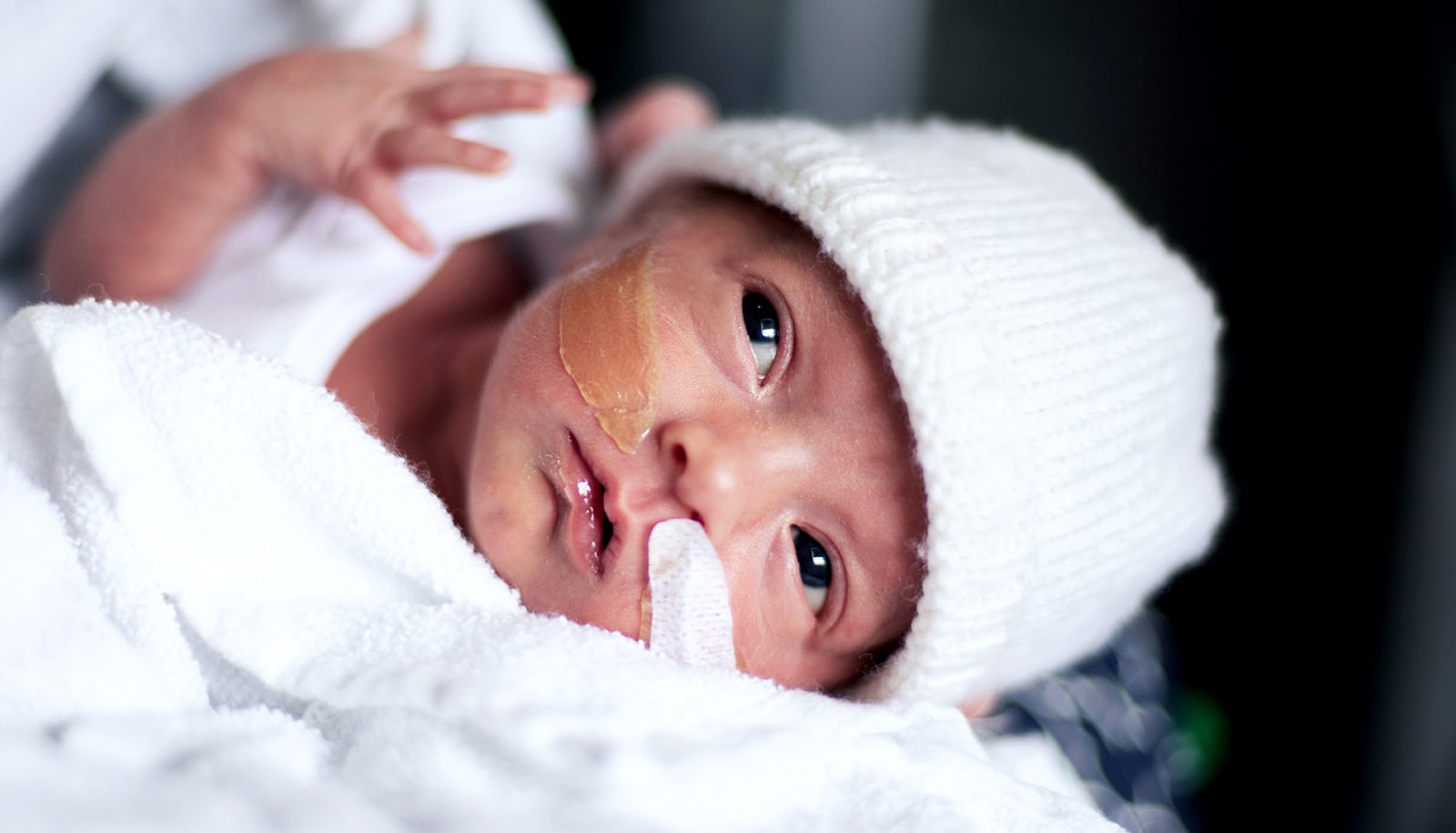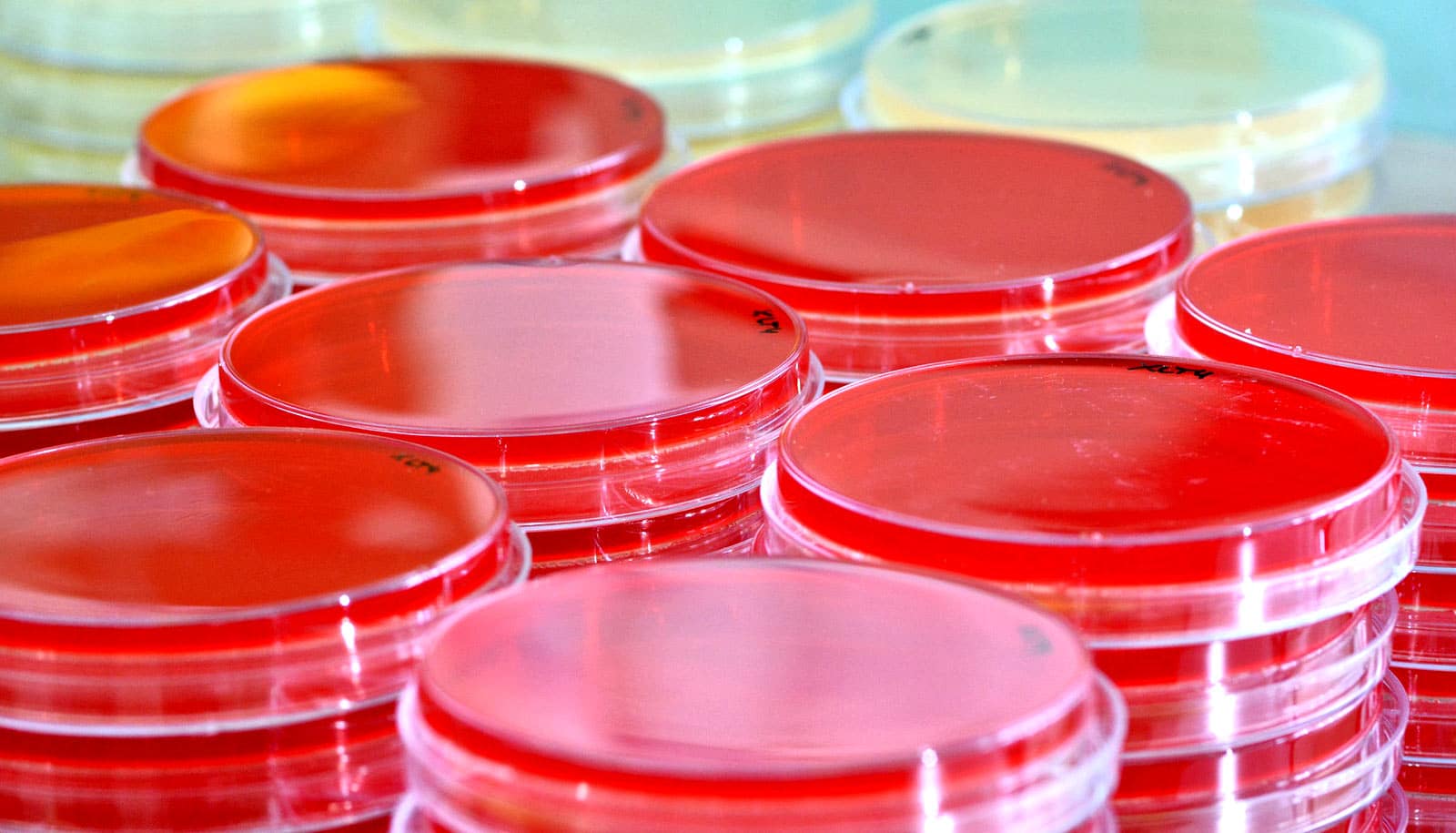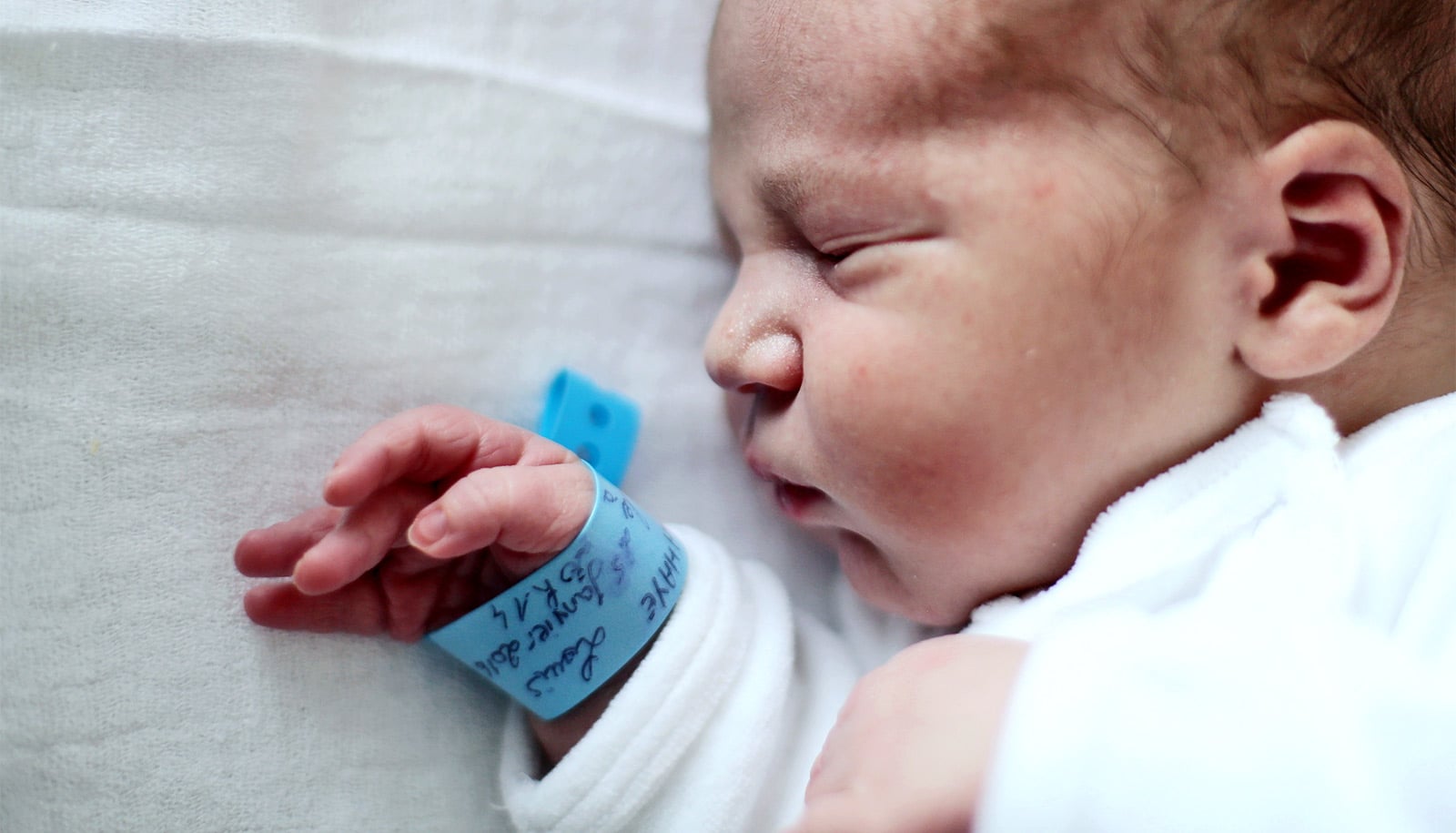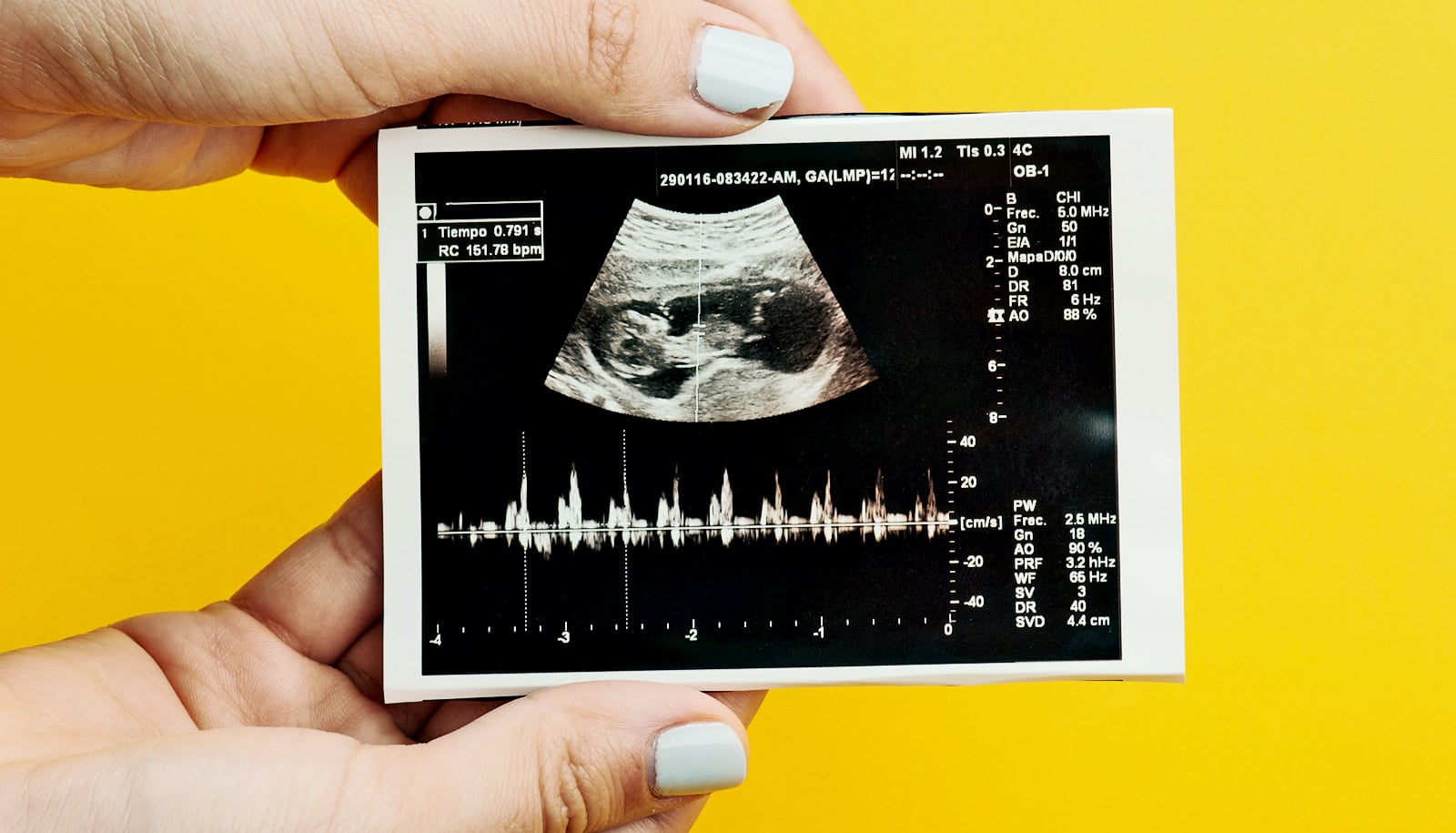Placentas from mothers of healthy newborns could one day be used to reduce brain injury in growth-restricted babies, according to new research.
The findings show that stem cells sourced from a healthy placenta may reduce damaging inflammation in these babies after only three days.
“There is currently no treatment to protect the brains of a growth-restricted baby,” says Julie Wixey from the Centre for Clinical Research at the University of Queensland. “Up to 50% of them have long term issues ranging from mild learning and behavioral disorders all the way through to cerebral palsy. We know there’s inflammation in the brain and it doesn’t cease once these babies are born.
“Our study has shown we could reduce inflammation and ongoing brain injury by treating these newborns on the day they’re born using a combination of two types of stem cells—endothelial colony forming cells and mesenchymal stromal cells—isolated from a healthy human placenta.”
About 32 million growth-restricted babies are born around the world each year, with around 10% of newborns in Australia affected. These babies fail to grow normally in the womb, often because they haven’t received enough nutrients and oxygen from the placenta.
“Our research has found after just three days, the combination stem cell therapy not only reduced inflammation but also, importantly, appeared to repair damaged blood vessels in the brain in animal models,” Wixey says.
“We’re really excited by the outcomes of this study and we hope it’ll improve these babies’ lives long term.”
Professor Kiarash Khosrotehrani and Jatin Patel, now at the Queensland University of Technology, co-invented the patent technique for harvesting stem cells from the placenta.
“This has been a fantastic collaborative study and demonstrates the exciting potential of stem cell therapy in the near future in treating unwell babies,” Patel says. “We are now working towards scaling up our patented stem cell technology, that will result in greater quantities of cells to drive and expand the preclinical animal studies with the aim of progressing towards a human trial.”
The researchers will now investigate the longer-term outcomes of the combination stem cell treatment.
The study appears in Nature Regenerative Medicine.
Source: University of Queensland



